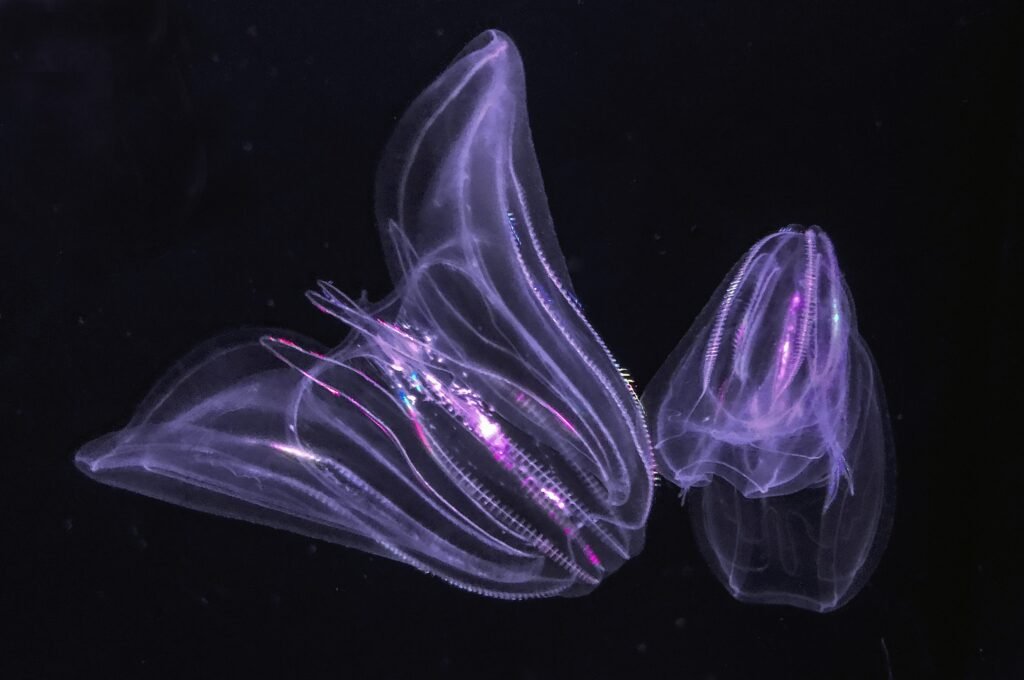Scientists found microplastics in human penises for the first time
Scientists have made shocking revelations as they found microplastics in human penises for the first time. This research has also raised concerns about the spread of microscopic plastics and their negative effects on health.
Almost a month has passed since University of New Mexico researchers discovered microplastics in human testicles, which gained widespread attention. Shockingly, several recent studies have shown the existence of microplastics almost everywhere, from human blood and hearts to rain and snow.

However, a recent research study regarding microplastics’ presence in penises came to light when six men who had undergone surgery to treat erectile dysfunction (ED) had their penile tissue contaminated with microplastics.
ED refers to sexual dysfunction activity in which men can not maintain normal pennis ejection. There were seven distinct forms of microplastics in the penile tissues of men.
Scientists found the two most common microplastics, including Polythene terephthalate (PET- 47.8%) and polypropylene (PP – 3.7%), in human penises.
They discovered it using the Laser Direct Infrared (LDIR) microspectroscopy method. It does not only find the existence of microplastics but also their size and quantity of microplastics taken from six men’s penile tissue samples.
Their study results revealed that 80 percent of the samples included microplastics with a size range of 20 to 500 micrometers. Researchers from the University of Miami, the University of Colorado, and the German research institute Helmholtz-Zentrum Hereon conducted this research.

Click here to read the updates on Scientists identified fungus that breaks down ocean plastic
Ranjith Ramasay is the lead author of this research and a reproductive urology specialist at the Univeristy of Miami. According to him, this research relied on findings from another study that found evidence of microplastics in human hearts.
Ranjith also stated they needed more research to find any possible connections between the presence of microplastics and conditions like ED.
However, the discovery of microplastics in penile tissue raised questions about the implications of environmental pollutants on sexual health. IJIR: Your Sexual Medicine Journal has published this research study.
Read More:
- Sea creature turns into a baby when it is stressed out showing time travel
- Realme Narzo 70 Turbo 5G launch date, features, specifications & price
- European Space Agency printed 3D metal part in space for first time
- Earth’s mysterious Alaska triangle where over 20,000 people disappeared
- Philips Hue launched a new smart lighting solution for kitchen
- NASA to launch life-searching spacecraft to Jupiter’s moon Europa
Share this content:










Post Comment